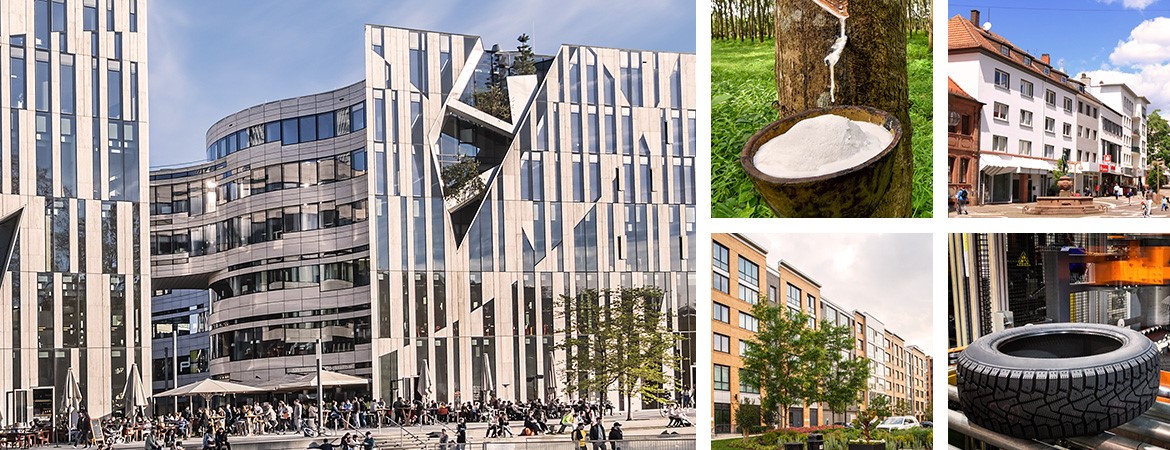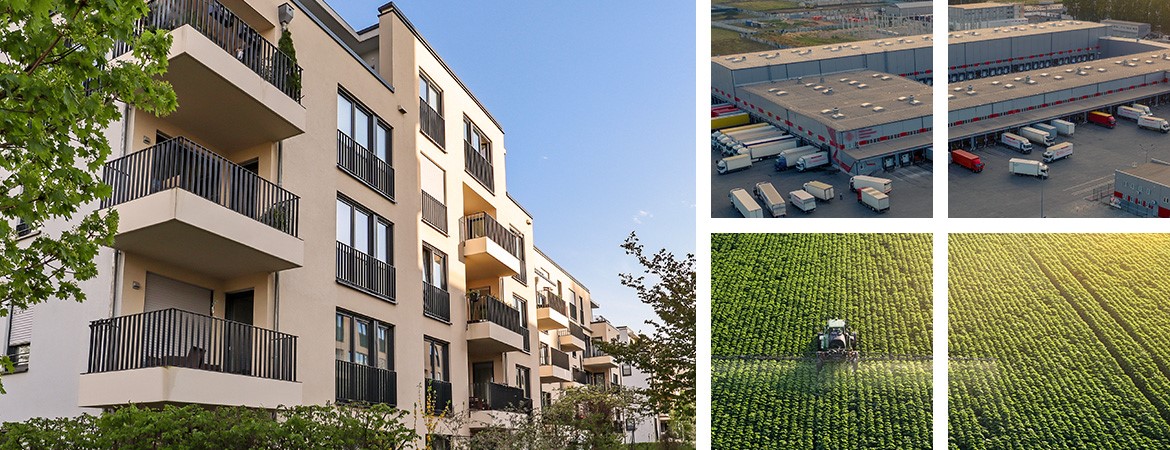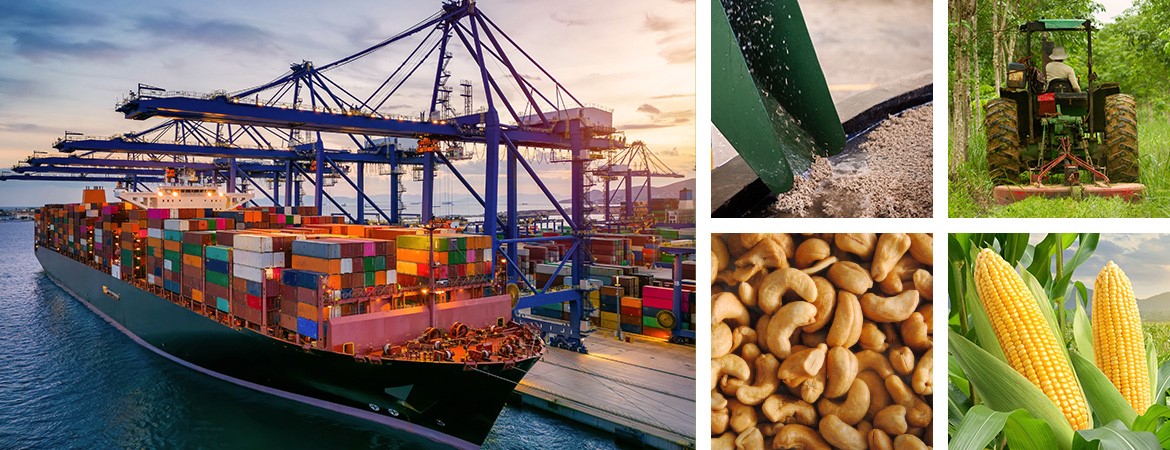








Without rubber absolutely nothing would move. Cars would not be able to navigate curves in the road safely, trucks would not reach their destination reliably, and airplanes would not land safely. Rubber is nothing less than the key component of our mobility.
Mobility needs are becoming more diverse and complex. Safety, health, environmental protection, and the quality of life are shaping tomorrow’s mobility trends. But the desire for individual mobility is nevertheless unwavering, and the global demand for wheeled transportation is constantly growing.
While in Europe, the USA, and Japan of the 1950s there were far fewer than 100 car registrations for every 1,000 inhabitants, this figure rose to over 500 come the turn of the millennium. This was due to the fact that over the fifty years many people in these regions moved up to the middle class and had the necessary means to afford a car. This explains the virtually meteoric rise of the automotive and tire industries.
This development is by no means over even if it is now no longer taking place on our doorstep. The population, income, and economic growth of the coming decades will take place mainly in the Asian, Latin American, African, and Eastern European areas.
Experts estimate that between 2000 and 2050 around three to four times more people will have risen to the affluent middle class in these growth regions than was the case between 1950 and 2000. The automotive and tire industries are therefore assuming that the rate of car registrations, currently far fewer than 100 cars per 1,000 inhabitants in those countries, will rapidly approach the level of western industrialized nations in the years to come of over 500 cars per 1,000 inhabitants.
These findings are the basis for TIMBERFARM’s corporate strategy in the rubber sector.